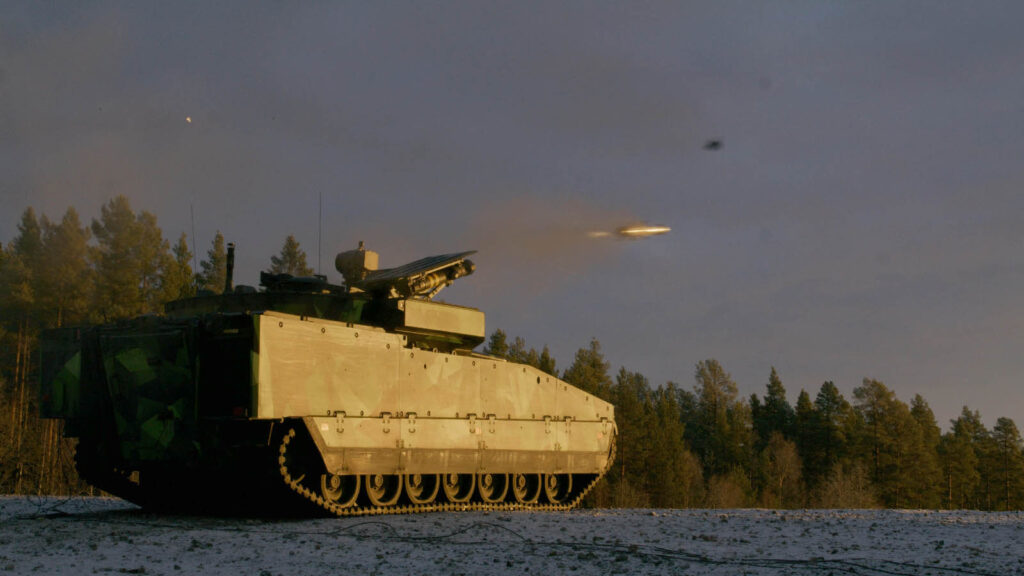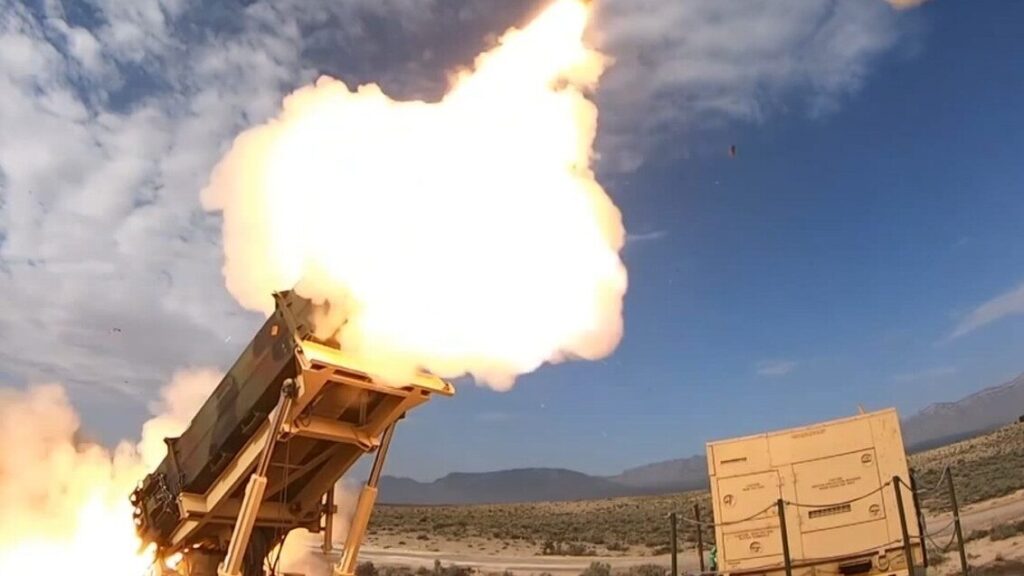In a previous post I floated the idea of Canada possibly getting CV90's as our tracked IFV in order to simplify logistics with our partners in Latvia (Multinational Division North is lead by Denmark and includes the Danish 1st Brigade, the Latvian Mechanized Brigade and our Canadian-lead Multinational Brigade - Latvia).
Both Denmark (with it's 1st Brigade and a rotational Mechanized Infantry Battalion in our Multinational Brigade) and Sweden (supplying the other rotational Mechanized Infantry Battalion for our Brigade) use the CV90 (and Leopards).
The four Nordic countries (Denmark, Finland, Norway and Sweden) have just announced that they will be joining together in a joint procurement of a single, common IFV (most likely a CV90 variant, but others are being at least considered). The intent is for all four countries to get the exact same model - no national variants - in order to gain the advantage of volume as well as simplified logistics between the Nordic nations. Maybe it might make sense for Canada to consider joining the program?
"We’re aiming for cross-development, cross-buying and cross-use basically, because we need to align and ease up the supply chains and be able to sustain the vehicles," Maj. Gen. Jonny Lindfors, Commander of the Swedish Army, told Breaking Defense.

breakingdefense.com
Of course the other option to always consider is commonality with the great military Costco of the South...aka the USA and join in on their Bradley replacement project which seems to be moving forward at a reasonable pace:
The program to replace the venerable Bradley infantry fighting vehicle is expected to cost $45 billion.

www.defensenews.com
I guess the main question for Canada is whether we see our Latvia commitment as the primary focus for our Mechanized forces (in which case a joint CV90 procurement with our Latvian partners might make sense) or if we see expanding our deployable Mechanized capability beyond manning (and maintaining) our Latvia commitment to at least an additional Brigade (or up to a full Division) in which case commonality with the US would make more sense.
Regardless of which vehicle we might go with (if we even proceed with a tracked LAV replacement), in my opinion we should replace the planned fly-over Light Battalion to round our our Latvia Brigade with a pre-positioned Mechanized Battalion and keep our Light Battalions focused on possible non-Latvia deployments (to the Arctic or Indo-Pacific for example).
Like most things CAF-related it's hard to make a call when there is really no clear sense of where our Defence policy objectives are going.





